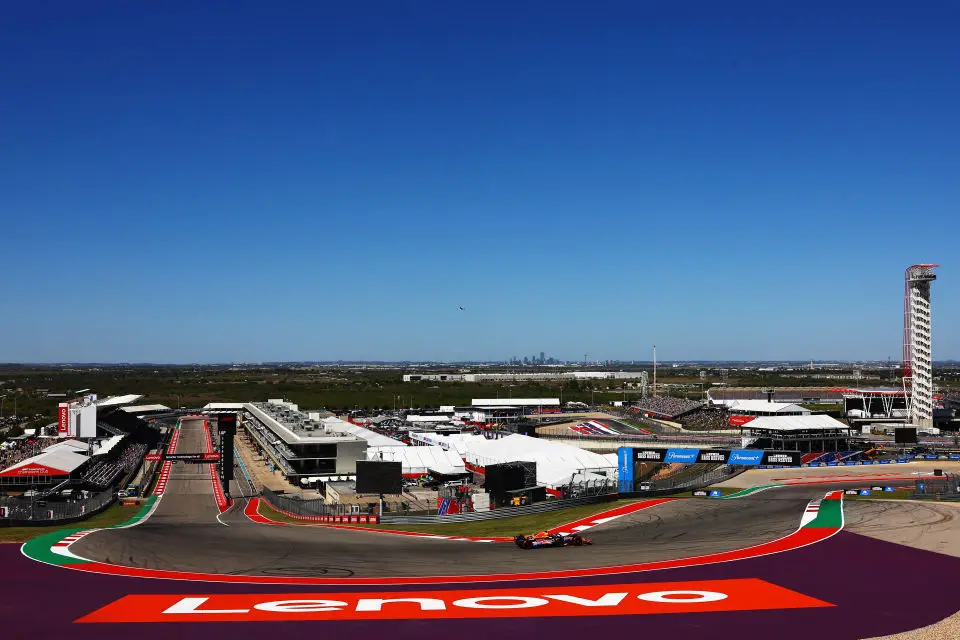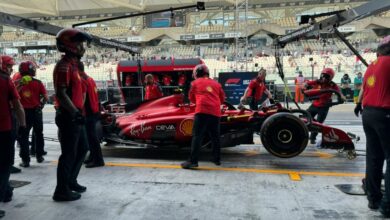Martin Brundle’s Insight on F1 Track Limits: Seeking a Concrete Solution to Ongoing Challenges
Former F1 driver and Sky Sports commentator Martin Brundle shared his perspective on the persistent track limits issue in F1, offering a unique solution. His comments come in the wake of repeated track limit infringements, notably during the United States Grand Prix in Austin.
Key Takeaways:
- Persistent Issue: The track limits problem has been a recurring issue in F1, impacting numerous races, including the recent United States Grand Prix in Austin, where Max Verstappen’s time was deleted.
- Brundle’s Proposal: Martin Brundle suggests the implementation of specific, colorfully painted zones with sensors or permanent cameras for instant feedback, aiming to provide a clearer definition of track limits.
- A Concrete Solution Needed: Brundle emphasizes the need for a tangible solution that is visually clear to drivers at high speeds, suggesting alternatives like slippery surfaces beside the kerb or uniquely designed run-off areas to discourage drivers from exceeding limits.


The recurring dilemma of track limits in Formula 1 has been a topic of significant discussion, with the latest instance unfolding during the United States Grand Prix in Austin. This issue, which has been increasingly problematic for drivers over recent years, was highlighted once again when Max Verstappen’s fastest lap was invalidated for exceeding the track limits on turn 19.
The track limits rule has not only affected qualifying rounds but has also started influencing the Grand Prix events. Notable instances include the Austrian Grand Prix, where 12 track limits penalties were issued post-race, and the Austin Grand Prix, where Alex Albon received a five-second penalty for a similar infringement.
In his column for Sky F1, Martin Brundle, a former F1 driver and experienced commentator, expressed his views on the matter. He pointed out the frequent occurrence of track limit infringements, especially at the Circuit of the Americas (COTA), and proposed a more definitive and driver-friendly solution to the issue.
Brundle’s suggestion revolves around creating specific zones that are visually distinct and monitored through sensors or cameras for immediate feedback. This approach aims to provide a clear boundary for drivers, who often struggle to discern the white lines at high speeds. Additionally, Brundle proposes the idea of incorporating slippery surfaces or unique terrain features beside the kerbs to dissuade drivers from overstepping the limits.
He cites the example of Turn 1 in Abu Dhabi, where a slight elevation change deters drivers from using the run-off area, encouraging greater precision. Brundle concludes that while flexibility in track design is necessary, allowing drivers to define their own racetrack limits is not a viable option.
The debate over track limits in F1 continues, with stakeholders seeking a balance between maintaining the sport’s competitive integrity and ensuring driver safety. Martin Brundle’s insights add a valuable perspective to this ongoing conversation, highlighting the need for innovative and practical solutions in the face of evolving challenges in the world of Formula 1 racing.



